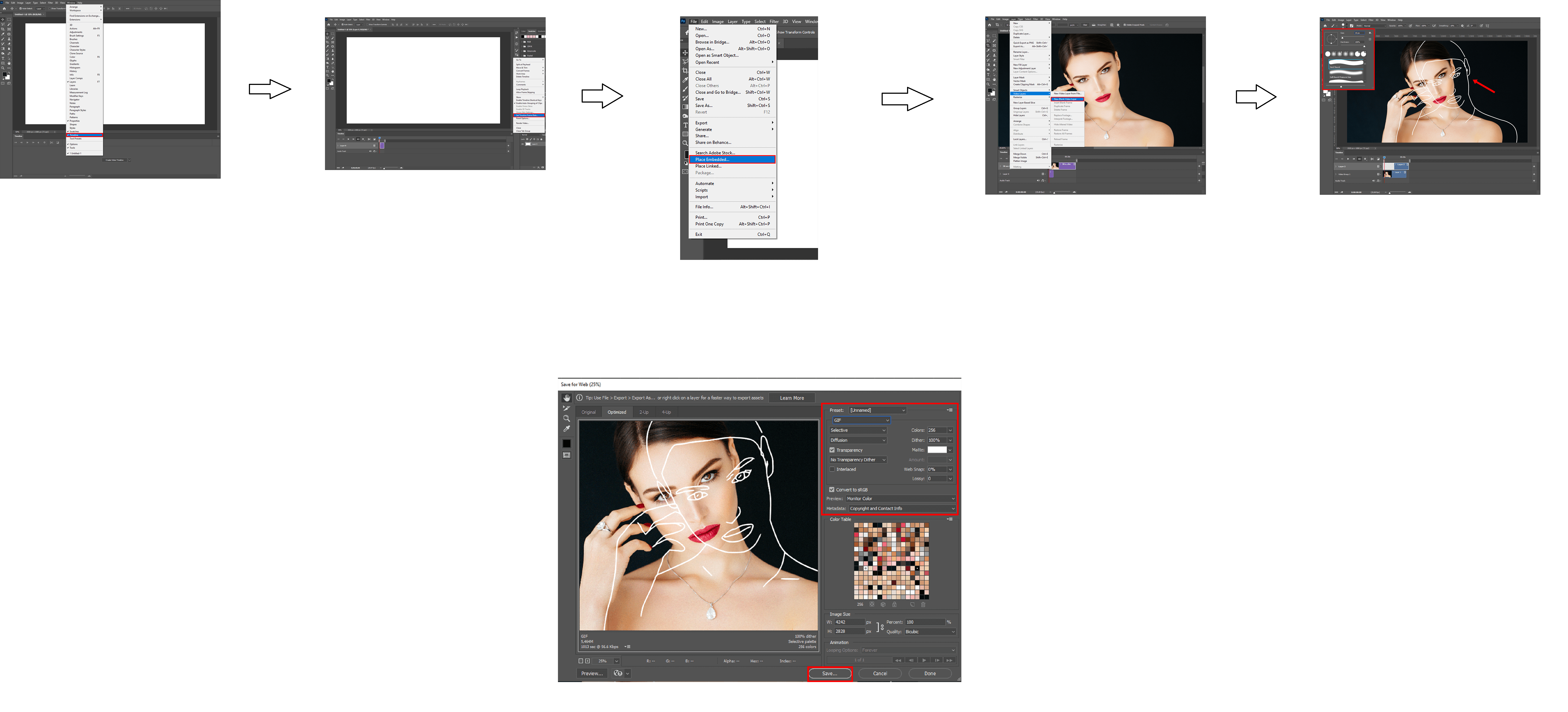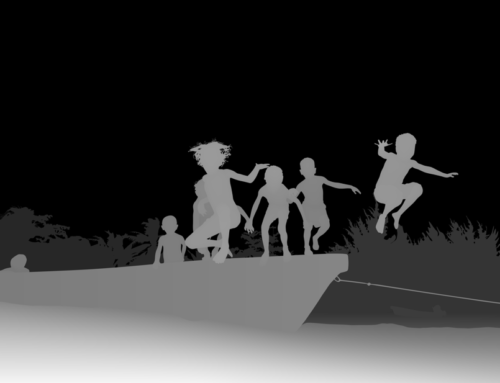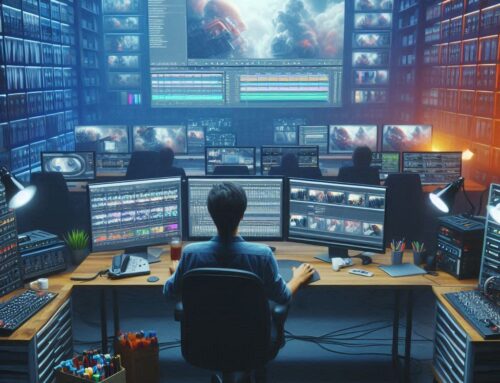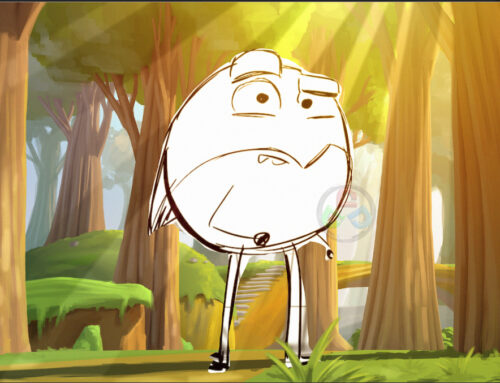Rotoscope is a fascinating animation technique that has been used in the film industry for over a century. It is a technique where animators trace live-action footage, frame by frame, to create realistic animations.
The Birth of Roto Animation
Animator Max Fleischer invented rotoscoping in 1915. He traced live-action film onto a glass panel, creating lifelike animations. Walt Disney adopted rotoscoping extensively, notably in Snow White and the Seven Dwarfs.
However, when Fleischer’s patent expired in 1934, other studios began to adopt the technique. One of the most notable adopters was Walt Disney, who used rotoscoping extensively in his films.
Disney‘s first feature-length film, Snow White and the Seven Dwarves, relied heavily on rotoscoping. The studio filmed real actors and used the footage as a reference for the animators to draw over. This technique was also used in other Disney classics like Pinocchio and Alice in Wonderland.

Rotoscope History
Rotoscoping was not only used in animation but also in live-action films. In Mary Poppins, rotoscoping removed wires from scenes, creating the illusion of flight. In the 1990s, computer technology enhanced rotoscoping. Animator Bob Sabiston’s Rotoshop software played a pivotal role in films like Waking Life and A Scanner Darkly. The technique was also used in the “Lucy in the Sky with Diamonds“ sequence of Yellow Submarine and the original The Lord of the Rings animated film in 1978.
The advent of computer technology in the 1990s brought a significant upgrade to the rotoscoping technique. Animator Bob Sabiston invented a process called “interpolated rotoscoping”. It allowed animators to use the basic rotoscoping technique within a computer. Sabiston created a computer program, Rotoshop, specifically designed to handle this technique. The software copies the traced figure and applies the same basic forms to the other movements, saving animators from having to start from scratch when tracing over live action.
Software History
Sabiston’s rotoscope animation software crucially brought director Richard Linklater’s Waking Life to life, exemplifying low-fi filmmaking and a radical approach to rotoscope animation. Linklater used the same technique in A Scanner Darkly, aligning the unreality of rotoscope animation with the story’s unreality.
Flat Black Films holds the patent for Rotoshop, limiting its use. However, alternatives exist for filmmakers desiring the rotoscoping aesthetic. Undone, an Amazon TV show, has recently pushed the boundaries of rotoscope animation, capitalizing on its “otherworldly” qualities.
Roto Animation, among various animation techniques like 2D, 3D, motion graphics, and stop motion, offers diverse options for animated films. Each method presents unique benefits and challenges. Understanding the history and available techniques contributes to bringing animated films to life.
Roto Animation in the Film Industry
Rotoscoping has been used in many iconic films. For instance, the lightsabers in the original Star Wars films were created using rotoscoping. Animators drew the color and glow of each lightsaber over the sticks the actors held in every frame.
Disney also used rotoscoping after Fleischer’s patent expired. Actors performed scenes, and their movements were rotoscoped to use as reference material for many films, starting with Snow White and the Seven Dwarfs.
Digital Rotoscoping
With the advent of digital technology, rotoscoping has evolved. In 1997, Bob Sabiston developed Rotoshop animation software, which uses vector keyframes to save animators time and effort. This method, known as interpolated rotoscope, allows one image to morph into another over a certain number of frames.
Today, rotoscoping is used for a variety of purposes, from creating fully animated versions of video footage to transforming live actors into fantasy creatures.
The Impact of Roto Animation
Rotoscoping has revolutionized the animation industry. It allows animators to create lifelike characters who move just like people in the real world. Whether it’s for a short film, a commercial, or a blockbuster movie, rotoscoping brings a unique level of realism to animation.
Is rotoscoping still used today?
Roto Animation, a technique with over a century of history, presently plays a significant role in animation and filmmaking. Digital tools like Rotoshop, Adobe After Effects, and Adobe Photoshop have revolutionized rotoscoping, extending its use to visual effects in live-action films. In animation, rotoscoping captures lifelike movements, especially favored by anime artists. These tools extend rotoscoping’s applicability to visual effects (VFX) in live-action films. In animation, it achieves lifelike movements and expressions by tracing live-action footage frame by frame. Anime artists favor this method for its realism in character creation. In live-action filmmaking, rotoscoping aids in VFX creation, allowing extraction and manipulation of elements for complex scenes, such as those involving magic or futuristic technology.
Advantages and Disadvantages of Roto Animation
Despite its many advantages, rotoscoping does have its challenges. It is a meticulous process that requires a great deal of attention to detail and can be quite time-consuming. The production schedule of the live footage can also impact the animation timeline, and the footage itself can limit the range of movements and actions available for the animators to use.

Despite meticulous details and time constraints, Roto Animation remains a valuable tool for animators. Advancements in technology continue to shape the future of this century-old technique in animation and filmmaking.
So, if you’re passionate about animation and eager to bring your characters to life, why not give rotoscoping a try? It might be challenging, but the results can be truly amazing. Contact us for more details.
Written By-
Surya – 3D Services India
Surya is a dynamic professional, currently serving as a Manager at 3D Services India, where he closely monitors ongoing developments in the VFX and Animation industry. He is also the writer in “Beyond the Green Screen,” a popular newsletter that explores the latest trends in the field.
© 2023 3D Services India. All Rights Reserved.




